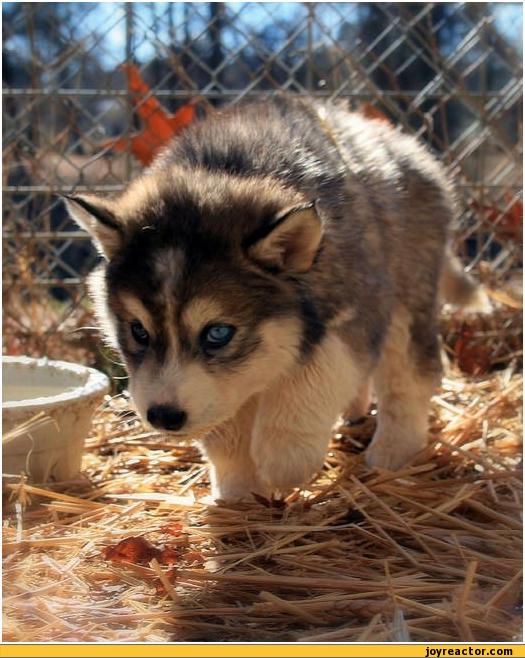

After breeding, the parents cannot be fed to breed again for five minutes, but they (and their babies) always follow players holding breeding items. Chickens are the only animals that can both directly produce babies and lay eggs, as well as the only animals that lay eggs without being fed. Some animals lay eggs, but the method and location they perform this varies from animal to animal. Most animals immediately spawn a baby animal at the feet of the parents, usually of the same species as their parents, with the exception of mules, which cannot breed with each other and must be bred via the union of a horse and donkey. The two animals walk into each other for about two and a half seconds, and then drop 1–7 and end love mode to produce their offspring, the method of which depends on the animal. When both animals are fed, they pathfind toward each other, up to eight blocks away. Animals that are in love mode emit heart particles constantly. When an animal is fed its food, it enters "love mode", preparing to breed with another animal of the same species that is also in love mode. One item per parent is needed to breed a single baby.

Most animals are uninterested in food lying on the ground, and those that are do not breed from eating this food animals breed only when fed by a player. Once an animal notices a player holding its food, it follows the player until either the player is out of range, the player stops holding the item, it begins the breeding process, or it is attacked. Since they are pack animals, being split from their home and pack can cause the wolf to get extreme anxiety and even fall ill.Most animals that can be bred have a food item used to lead and breed it (there are a few special cases, described below). Adopting a wolf then getting rid of it does irreparable harm to the wolf. Letting them go into the wild almost guarantees they will die.
BABY WOLF HOW TO
You cannot get away with buying a wolf or wolf hybrid and hoping it will figure out how to be a good pet. Wild wolves also have a natural fear or wariness around humans that captive-born pups lack. Taking wolves out of the wild can be very dangerous and might end in injury or even death. Instead, adopt one from a wolf sanctuary. If you are interested in owning a wolf, do not get one from the wild. Go to multiple and make sure they have a credible understanding of how a wolf works. There are multiple resources on owning wolfdogs - including YouTube channels, blogs and informative websites. Consider that they often and easily destroy furniture as well as attack (and kill) dogs and other canines (since they're not domesticated, they still view them as competition for resources). Consider that during breeding season your wolfdog will become incredibly agitated and may even be aggressive towards you. They're more elusive, more intelligent (which means that they can easily outsmart you), more ferocious, have a stronger prey drive and significantly more unpredictable. Though people keep wolves as pets when they've raised them from a puppy, they are still instinctual animals that can't completely be tamed. Wolves, on the other hand, have spent the last 10,000 years being wild.

Dogs have been bred to be submissive and to assist humans they have been bred to be pets. Remember that wolves are not domesticated animals.


 0 kommentar(er)
0 kommentar(er)
